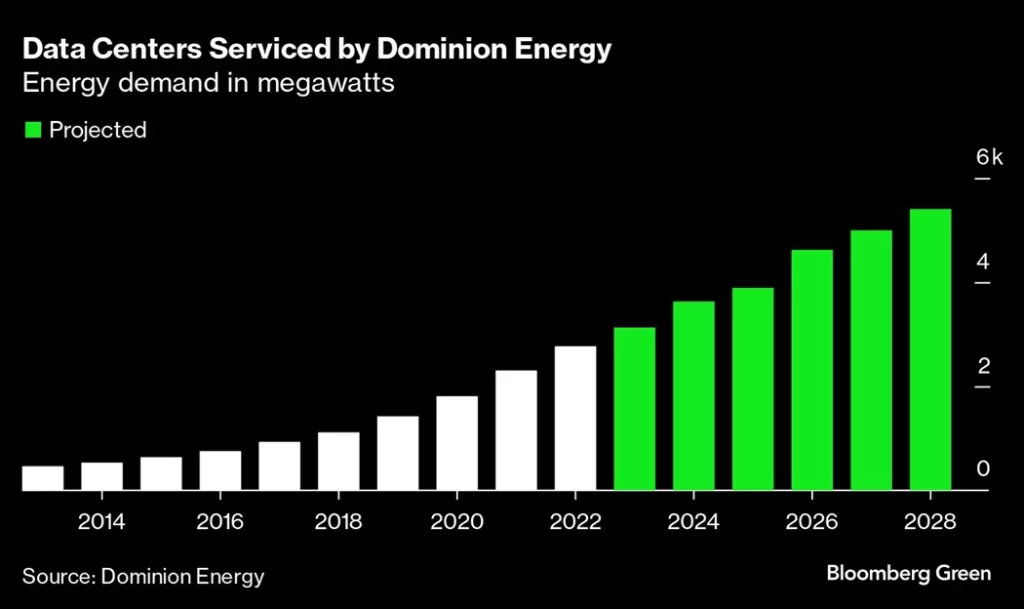Google’s ambitious plan to become completely emission-free by 2030 has suffered a significant setback. According to their recent environmental report, the company’s carbon footprint has ballooned by nearly 50% since 2019. This surge comes despite a strong focus on eco-friendly practices.
So, what’s causing this rise in emissions? The culprit seems to be the ever-growing demand for artificial intelligence (AI).
Data Centers: Powering the Future, Straining the Environment

The report identifies two main factors behind the emission spike: a surge in data center energy consumption and increased emissions within the supply chain. Data centers are essentially giant warehouses for computers that power Google’s various services, like search, Gmail, and YouTube. As AI becomes more sophisticated, it requires even more processing power, which translates to more electricity needed to run these data centers. Google’s report revealed a significant jump of 17% in data center electricity consumption in 2023 alone.
This isn’t unique to Google. A CNBC report mentioned that AI data centers alone are expected to add a staggering 323 terawatt hours to U.S. electricity demand by 2030. That’s a 20% increase overall!
Renewables: A Promising, but Bumpy Road Ahead

While renewable sources like solar and wind power offer a glimmer of hope in meeting this growing demand, there are challenges. Analysts point out that building the infrastructure to deliver this clean energy to data centers takes time. It’s like expanding the highway system to accommodate more cars – it takes planning and construction.
Google’s Efforts: Mitigating the Impact
Despite the setback, Google remains committed to minimizing the environmental impact of AI. The report highlights their efforts in optimizing AI models, making their data centers more energy-efficient (they claim to be 1.8 times more efficient than average data centers), and actively reducing emissions.
Not a Google-Only Problem
It’s important to note that Google isn’t alone in this struggle. Microsoft, another tech giant, also reported a nearly 30% rise in carbon emissions since 2020, largely due to data center construction for their AI initiatives.

The Road Ahead: Balancing Innovation with Sustainability
The growing importance of AI presents a complex challenge. While it offers tremendous benefits, its environmental cost can’t be ignored. Finding ways to make AI development and use more sustainable is crucial. This might involve advancements in chip design for lower power consumption, exploring alternative cooling methods for data centers, and even potentially rethinking how AI models are trained.
The coming years will be critical for Google and other tech companies. They need to find innovative solutions to ensure AI development doesn’t come at the expense of a healthy planet. After all, a sustainable future powered by AI is only possible if we can address the environmental cost today.
Read more: Google to Make Pixel Phones and Drones in Tamil Nadu | Google Gemini: The Superhero of the AI World | Reality vs. Enhancement: Google’s AI-Powered Photo Tools Raise Ethical Questions | 10 Free AI Tools to Supercharge Your Tech Startup

